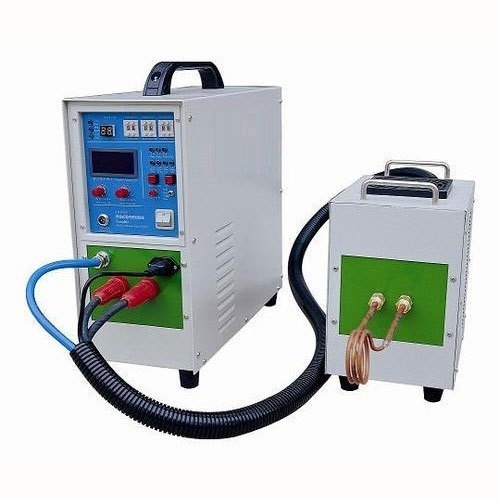The course of induction heating depends on similar standards as some other heat treating activity intended to solidify parts. The cycle is subject to a few variables to find lasting success, carrying the material to the legitimate temperature, cooling the material quickly to permit the change of marten site to happen, lastly the overall science and capacity of the material to appropriately solidify. At the point when at least one of these basic variables is absent, the material might wind up with weaknesses or stay delicate altogether. The elements that we as heaters have the most command over are the heating and extinguishing of the parts. Heater transformers can likewise be produced according to the client necessities. It is for the most part utilized in steel ventures for softening and spoon purging.

It is essential to carry the materials to the appropriate temperatures for the austenitic stage to happen. Sometimes, in light of the material, lo cao tan might be important to hold the temperature for a decent measure of time to permit all the material to completely change and keep away from unwanted side-effects that that can later lessen the materials hardness. Ill-advised extinguishing can happen on the off chance that a section is extinguished too leisurely by utilizing some unacceptable quench ant for a specific material, or not utilizing enough quenchant to eliminate the heat rapidly enough. Likewise, most water based quenchants use added substances, for example, a polymer to dial back the cooling to forestall breaks the option of a lot of this substance decreases the capacity to eliminate the heat rapidly enough and can cause delicate parts. Care should likewise be taken to cool the part adequately to keep lingering heat from treating the part. It is critical to comprehend and plan around these resistances.
It is similarly as critical to extinguish a material appropriately to deliver the ideal hardness. One of the main variables to permit legitimate hardness to be accomplished is one that we have next to zero influence over, the fundamental science and properties of the steel. It is critical to figure out that cutting edge steels, while firmly controlled in their creation, actually have a capacity to bear how much carbon and different other alloying specialists that advance hardenability are available. Doing so could assist with forestalling what is happening where a heat of steel can be on the low side of the carbon and composite reach, and would not have the option to accomplish the hardness in the event that it was planned around the high side of the reach. Additionally during assembling or resulting activity, steel can free carbon on a superficial level, otherwise called decarburization. This will some of the time bring about limited weaknesses or a solidified layer underneath the gentler decarb region.